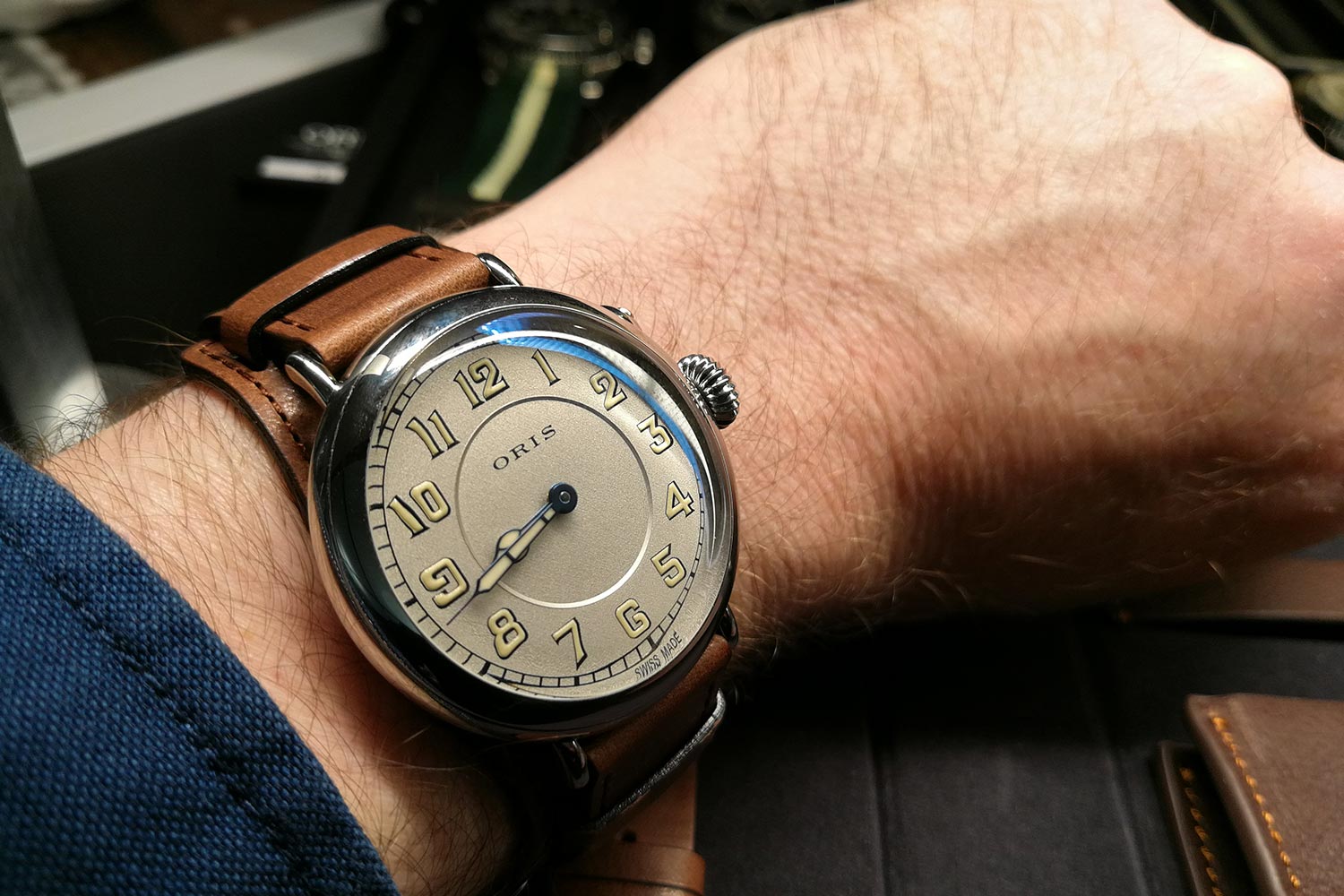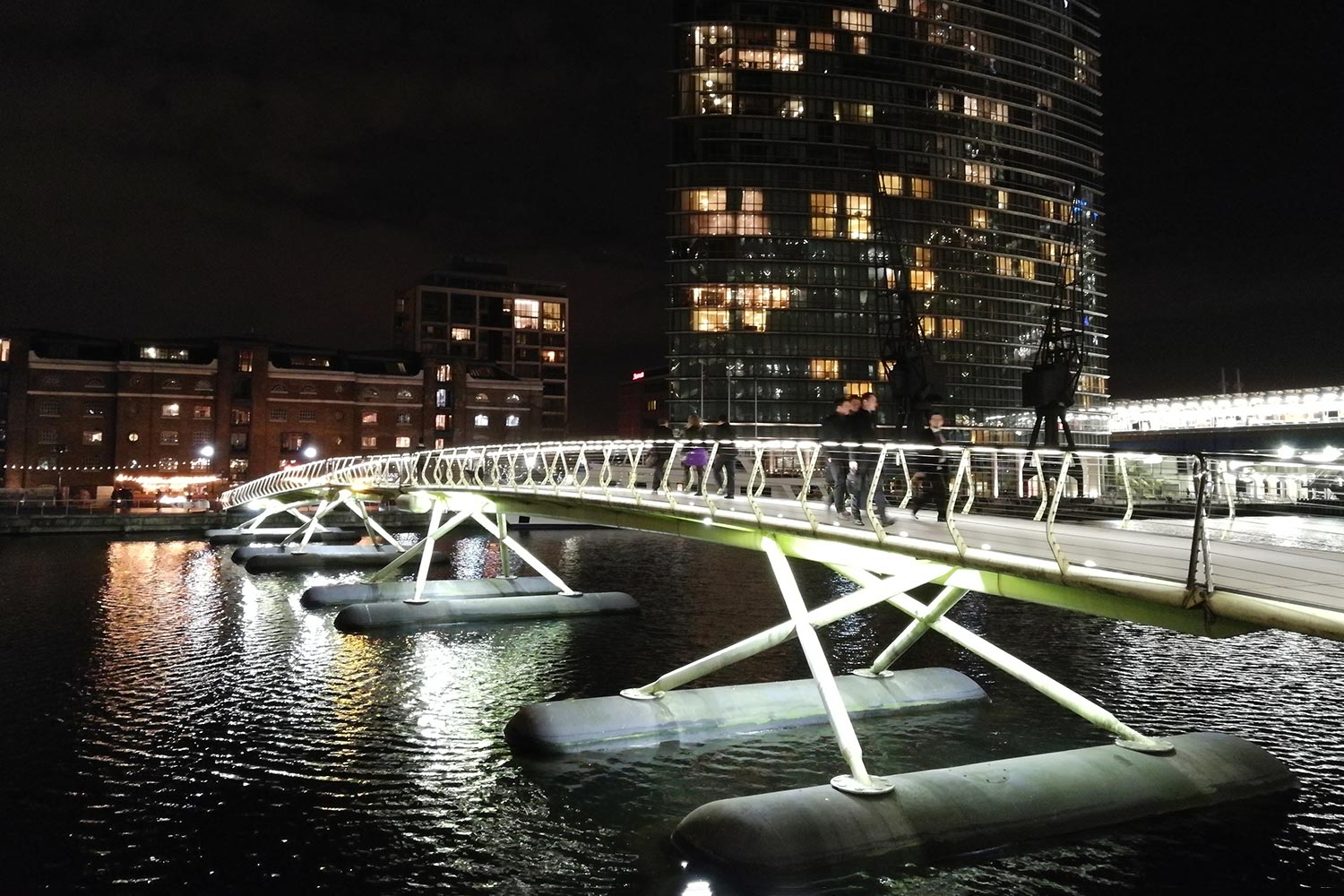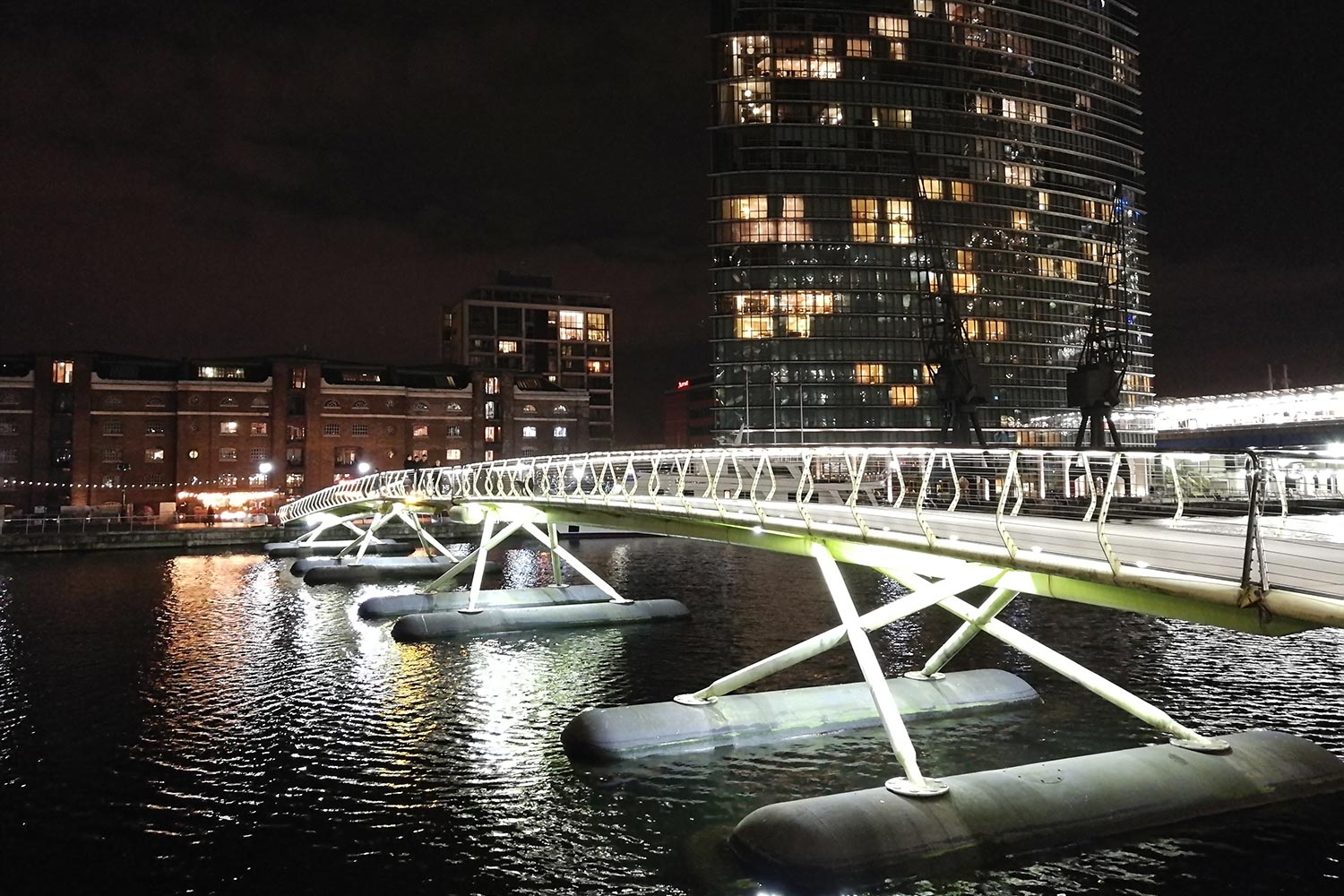“The Huawei P10 camera experience is so stellar its photos will convince your friends you're a pro.”
- Astonishing camera
- Great battery life
- Ever-improving software
- Wide color choice
- Not officially sold in the U.S.
- No oleophobic coating on screen
Unfortunately, in terms of the attention it will get, the Huawei P10 is likely to play second fiddle to the likes of Samsung’s Galaxy S8, the next iPhone, and Google’s new Pixel phones. This is a crime, because both the P10 and P10 Plus are phones that should put Huawei on everyone’s radar.
While both devices have it all, though, how do they stack up in the real world? We’ve been using them over the past few weeks to see.
The P10 and P10 Plus offer a mesmerizing camera experience that will leave your friends thinking you’re a pro. They also offer uncompromising performance and stellar battery life, all in attractive, colorful frames. It’s a shame importing one to the U.S. is so expensive.
Design
Huawei hasn’t stepped too far away from the design it introduced with the P9, an already deliciously attractive phone. The fingerprint sensor has been moved to the front of the phone, below the screen, into what Huawei describes as a seamless sensor. It’s still recessed to make finding it easy in the dark, but otherwise the glass over the top is all one piece.
The glass over the rear cameras is broken only by the dual-flash unit, and blends in perfectly with the aluminum body. The antenna bands are wrapped around the glass panel at the top, and curved around the bottom of the body, so they’re barely noticeable. Huawei also paints them in a contrasting color to the phone itself, obscuring them even further.
Color plays a big part in differentiating the P10 from other Huawei phones, and those from other manufacturers too. Black, white, and gold are all available, but it’s the special blue and green models that really catch the eye. These have been developed in partnership with color experts Pantone. Green may be 2017’s color of the year, but it’ll split opinion on the P10, with some loving it and others disliking its soft grassy hue. We prefer “dazzling blue,” which offers a textured, reflective rear that seems to change the phone’s shape in certain light.
As usual, parallels can be drawn between the P10’s shape and the iPhone, right down to the way the body curves and the speaker grill placement; but there are some attractive stylistic touches that make it different. We love the red flash of color around the sleep/wake key and its textured surface to make it easy to find, for example.
Both phones are lightweight, and the P10 especially is easy to hold due to its compact size and 6.9mm thickness. If you don’t like big phones, then you’ll love the P10.
What the P10 doesn’t do is break any new design ground. It’s very much an enhanced P9, and is extremely reminiscent of the iPhone 6S. We wouldn’t call this a reason not to buy it, but it’s definitely one of the reasons you may overlook the phone. Huawei needs to draw your eye away from great looking new phones like the LG G6 and the Galaxy S8, and the P10 may not cut it.
Screen
The Huawei P10 has a 5.1-inch IPS LCD screen with a 1920 x 1080 pixel resolution. The P10 Plus is the bigger of the two, with a 5.5-inch IPS LCD, and a 2560 x 1440 pixel resolution. The pixel-per-inch ratio of each, respectively, is 432 and 534ppi.
Color plays a big part in differentiating the P10
The P10 Plus’ screen is a beauty, and it’s a shame the same resolution hasn’t been used on the smaller P10. Under normal circumstances you won’t notice a huge difference, and looking at the P10’s display isn’t like staring into a muddy puddle; but the extra pixels let you see so much more detail when looking at photos. The brightness can also be cranked up without ruining the look of any content or images, making its outdoor performance exceptional.
What the Huawei P10 and P10 Plus don’t have is an oleophobic coating over the screen. This invisible layer prevents the buildup of fingerprints and smudges, and has been standard on most phones — regardless of price — for several years. Omitting it from the P10 is unfortunate, and one that Huawei excuses by fitting a standard screen protector to the phone. Sadly, this is just as smudgy and ugly as the screen will get without it fitted at all. If you buy the P10, you may want to invest in a better screen protector.
Software
Huawei made great strides forward with its own user interface it places over Android 7.0 Nougat when it released the Mate 9. EMUI 5.0 moved away from the extreme customization we were used to, and closer to the standard look and crucially, the feel of stock Android. No, it wasn’t Android as seen on the Pixel phones, but it was inching closer. For the P10, Huawei has introduced EMUI 5.1, which incorporates all the power saving, performance enhancing, lifetime-lengthening tweaks, then adds a few more for good measure.
Most of the changes are ones we’ll never actively see, because they work behind the scenes, but there are a few which impact daily use. For example, the Huawei has seen fit to replace Android’s on-screen navigation buttons with the multifunction fingerprint sensor.
A quick press goes back a screen, a long press takes you back to the home screen, and a slide to the left or right opens up the recent apps screen. There’s genuinely no reason for this feature to exist. It’s not more intuitive, it’s not faster, and it doesn’t do anything better than the old, button-based system. It’s not worse — except when it doesn’t react quick enough — but using it takes some getting used to, and for seemingly no real benefit. The only thing it does is slightly de-clutter the on-screen interface. Thankfully, Huawei gives you the chance to use the regular on-screen Android buttons, which makes us wonder if it was really worth the time and effort to introduce an alternative that even it can’t wholeheartedly commit to.
The Android operating system came with a February 1 security patch installed, and both phones have had software updates during our review time. Huawei isn’t always the quickest to update Android to a new version, but don’t let this put you off the phone though. The company has dramatically improved its software recently, and it’s a pleasure to use.
Cameras
The P9 introduced us to the joy of a Leica co-branded camera on a smartphone, a feature refined for the Mate 9, and then refined again for the P10 and P10 Plus. There’s little to separate the two in terms of technology. The cameras have a 12-megapixel color sensor and a 20-megapixel monochrome sensor, but the lenses and aperture differ depending on the phone. The P10 has a pair of Leica Summarit-H lenses and an f/2.2 aperture, while the P10 Plus has Summilux-H lenses and a larger f/1.8 aperture. What does this mean? The P10 Plus should take better pictures in lower light.
If you’re a photo-freak, or a budding one, the P10 is the smartphone for you
Testing the two cameras back-to-back did show the P10 Plus as the better low-light performer, but the differences are minimal, particularly because the P10 is so good. Shooting across a river at night, with bridge and building lights illuminating the scene, the P10 Plus showed more detail in the sky, and in other shots, the color of buildings had a more realistic tone. It’s important to stress the difference is marginal, and the photos taken with the P10 are still excellent.
The two camera lenses add two special features to the P10 models. The first being the chance to take pictures in pure monochrome, and the other to produce the blurred background bokeh effect. We adore monochrome mode on the P10. It has the power to add atmosphere to otherwise mundane pictures, or produce gorgeous portrait pictures. This is a major feature of the P10, and the front and rear cameras detect faces, adjust the image according to light sources, and add special effects to improve the image.
We tested it extensively with the help of a professional photographer, and you can read about his tips here, and see the results of the training session. We think they’re great, and are genuinely impressed with the P10’s ability to take amazing pictures of people. It made us want to take, and perhaps more importantly, share more selfies. That’s real evidence of how happy we were with the results.
Equally as impressive is the bokeh mode, which is easy to use, and simple to adjust after the photo has been taken. Zoom in on the final image and you can see where the software blurs edges it shouldn’t, but it’s minimal and not noticeable at all under normal circumstances.
Leica has also assisted with the camera software, and the P10 has one of the best camera user interfaces on a smartphone we’ve ever seen. Swipe left or right to access clear, concise menus, tap obvious buttons to change settings, and swipe up the screen to enter into a comprehensive manual mode.
Beautiful pictures, an atmospheric monochrome mode, brilliant bokeh, and a great camera app. If you’re a photo-freak, or a budding one, the P10 is the smartphone for you. It’s so good, the shots you take will make people think you’re a pro.
Performance and battery
Both phones use the Kirin 960 octa-core processor, the same as the Mate 9. The P10 has 4GB of memory. The P10 Plus differs — if you buy a version with 64GB of internal memory, it’ll have 4GB of RAM, but the 128GB models have 6GB of RAM.
Huawei has dramatically improved its software recently, and it’s a pleasure to use
The P10 Plus with 6GB of RAM returned an AnTuTu 3D benchmark score of 138311, while the P10 with 4GB of RAM oddly scored 142884. Contrast that against the LG G6’s score of 135,032, you’ll find the both the P10 and P10 Plus to offer more than competitive performance against current flagships.
We had no issues with performance on either phone. All games we tried worked perfectly, the phone never got too hot, and we didn’t have any slowdown due to many apps being open.
The P10 has a 3,200mAh battery inside, and the P10 Plus has a 3,750mAh cell. Because of the screen size and resolution differences between the two, there’s little benefit left on the P10 Plus, and the two are comparable in terms of use and standby time. The P10 Plus accompanied us to Baselworld 2017, a four day event where the phone dealt with email, social networking, video recording, photos, calendar use, music, and a whole lot more. It usually finished a full day — 7 a.m. to midnight, approximately — with around 15 percent remaining. That’s a solid result, and it easily beat the iPhone 7 Plus along for the ride.
Huawei’s Supercharge fast charging system needs the included charger and USB Type-C cable to be used, and it charges up both phones in about 90 minutes from zero. You can gets at least 60 percent in a third of that time, and that’s a major benefit.
Cost, availability, and warranty
Let’s get this out of the way first. Huawei hasn’t announced the P10 or P10 Plus for the United States, and it’s a massive shame. The good news is they both have wide 4G LTE support, and should happily connect to T-Mobile and AT&T’s GSM networks, so importing a European one is a possible option.
Huawei provides the price in euros. The P10 starts at 650 euros, and the P10 Plus at 700 euros. That’s about $700 for the P10 and $750 for the P10 Plus, based on currency rates at the time of writing. Huawei has signed deals with all four major U.K. networks to sell the P10, where it’s available with a low initial cost on a contract. Working on a $700 cost for the P10, it’s squarely in-between the LG G6 and the Samsung Galaxy S8.
Because the P10 isn’t officially available in the U.S., we’ll talk about the U.K. warranty. The phone is covered for two years, and the battery and charger for six months. Normal wear and tear isn’t covered, and nor is water damage, or if it goes wrong because you took it apart. To claim under the warranty, you’ll need to visit a Huawei service center or send it back to Huawei.
Our Take
A photographer’s dream smartphone, the Huawei P10 takes astonishing pictures that’ll make your friends think you’re a pro. Go for the P10 if you prefer a compact phone, and the P10 Plus will satisfy big-screen lovers.
Is there a better alternative?
There are two alternatives to the Huawei P10 worth considering. The Google Pixel is similarly priced to the P10, and the Google Pixel XL costs around the same as the Huawei P10 Plus. They come with stock Android 7.1.2 Nougat installed, and will receive more regular updates. The camera is also superb, but doesn’t have a monochrome mode.
The LG G6 has a dual-lens camera for incredible wide-angle shots, and a wide-angle selfie camera. The screen is also larger, with an unusual 18:9 ratio that means the body is very compact. We love both it and the Pixel. We haven’t tested the new Galaxy S8 extensively yet, and although it’s more expensive than the Huawei P10 and doesn’t have the same specification camera, is sure to be an excellent phone.
The final alternative to consider is the Huawei Mate 9. It’s bigger than the P10 and P10 Plus, but it offers a similar camera experience, plus it’s actually for sale in the United States for a reasonable $600 unlocked without a contract.
How long will it last?
Huawei hasn’t added water resistance to the P10, putting it a step behind the LG G6, the Samsung Galaxy S8, and the Apple iPhone 7. The body is made from metal and glass, therefore providing only the basic durability in the event of a fall. Wrap the P10 in a case, if you buy one.
Software updates have always been sporadic for Huawei, and major Android version changes often lag well behind Google’s phones, and even other manufacturers like Samsung and LG. The only way to ensure timely updates is to buy a Pixel phone.
The phone has masses of power, excellent camera capabilities, and a large battery, which means it will likely keep chugging along past two years. It’s going to be a smudge-ridden mess a lot of the time though, unless you pay out for a decent screen protector.
Should you buy it?
Yes, if Huawei is selling the P10 and P10 Plus in your country, you should. Importing the phones to the U.S. is a different story as it may ramp up the cost of the phone — you may want to look at some of the alternatives mentioned above.
The P10 has a versatile, and creatively exciting camera. It’s also fast, responsive, has good battery life, and is attractive in an unsurprising way. Poor water-resistance and the lack of an oleophobic coating is frustrating, but it’s not a deal-breaker.
If Huawei gets the phone on sale in the U.S., we think it’s an excellent choice, especially if you’re into photography.
























